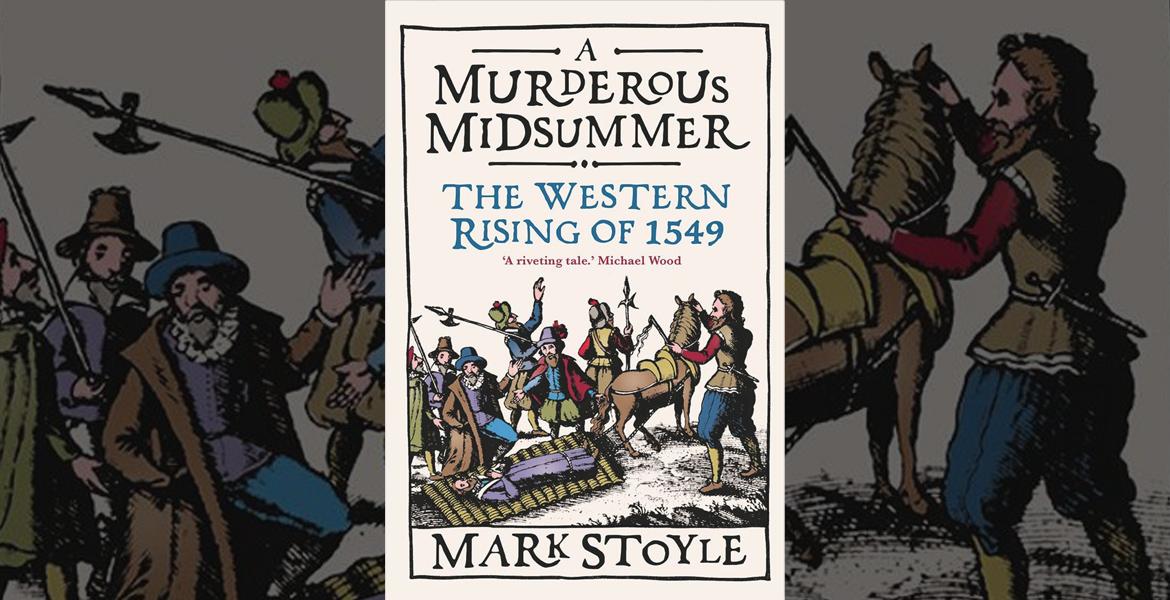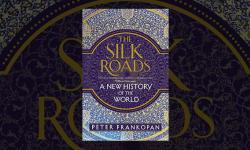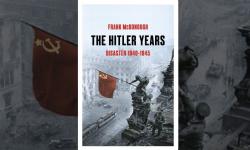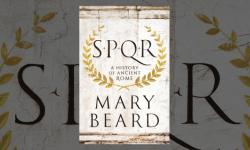Mark Stoyle, A Murderous Midsummer
In A Murderous Midsummer Mark Stoyle offers a compelling new narrativeA story; in the writing of history it usually describes an approach that favours story over analysis. of the Western Rising, a revolt, he argues, that threatened the very heart of the Tudor regime and almost halted the English Reformation in its tracks. According to Stoyle, this tumultuous summer of 1549 was ‘the most catastrophic episode to have occurred in the region between the Black DeathA deadly disease, also known as plague, that first raised its head in its current form in the 1340s and continued ravaging communities in Europe for the next three and a half centuries. of 1348-49 and the English Civil War of 1642-46.’ P.2 Throughout the volume, Stoyle proves his case through a combination of dramatic story-telling, vivid characterisation, and exceptionally well-researched evidence.
P.2 Throughout the volume, Stoyle proves his case through a combination of dramatic story-telling, vivid characterisation, and exceptionally well-researched evidence.
While Stoyle states that much has previously been written on the subject, the Western Rising – otherwise known as the Prayer Book Rebellion – is an event of which many may only be peripherally aware, and even fewer understand. Perhaps because of the West Country's geographical and cultural remoteness from English centres of power – then and now – the rising has never attracted the same attention as the likes of the Pilgrimage of GraceA popular rising in the north of England in October 1536 over religious, political, social and economic grievances., or even of the contemporaneous East Anglian social protests of Robert Kett and his followers. Yet Stoyle convincingly makes the point that it is at least as deserving of attention as either of the above; that it is not a niche subject that should be confined to the dustiest of library shelves and quietly forgotten; but rather that it shows how the English Reformation was built upon the shakiest of foundations, and could, so easily, have toppled – along with the regime that supported it. Through his careful research and brilliant retelling, the Western Rising is no longer the ‘curiously perplexing rebellion’ of Anthony Fletcher and Diarmaid MacCulloch’s phrase, but a genuinely popular religious and social movement that was as much a product of its age as it was a catalyst for subsequent events. Fletcher and MacCulloch, Tudor Rebellions, 4th edn (Harrow: Longman, 1997), p. 63, cited in Stoyle, p. 4. A Murderous Midsummer has, at last, placed the rising in the context – and the limelight – it absolutely deserves.
Fletcher and MacCulloch, Tudor Rebellions, 4th edn (Harrow: Longman, 1997), p. 63, cited in Stoyle, p. 4. A Murderous Midsummer has, at last, placed the rising in the context – and the limelight – it absolutely deserves.
This transformative feat has been achieved through the author's thorough re-examination of all of the sources. In true revisionistA person, school, or concept that rejects traditionally held beliefs; someone or something that revises old ideas. fashion, Stoyle has left no stone unturned, but has followed the clues down every rabbit hole and through every looking glass, trusting nothing that has gone before. The astounding array of sources used – many of which have been ignored by centuries of historians – is a testament to Stoyle’s dedication, as well as to his experience and knowledge. His approach has yielded startling results that must, surely, change our opinion of the very essence of mid-sixteenth-century history as well as of the rising itself. Accepted dates are overturned, causes and consequences questioned, traditional authorities challenged. This is academic history at its finest.
However, what must help to ensure that this history of the rising goes beyond the confines of academia is that it is superbly written. It is pacy yet explanative, without being patronizing. It builds tension, it creates sympathy, it is as human as the characters in its pages. Part-social history, part-political thriller, it is also a detective story of the highest calibre. There is compassion for the people and the land itself, and a sensitive understanding of the particular temperament and issues of the area, aided, no doubt, by the fact that Stoyle is a West Country lad himself. His passion for the region is obvious and contagious. Where most accounts of the rising come from the eventual winners – London and the new religion that triumphed over the rebels – this is the story told, as much as possible, from the other side. It is all the more nuanced – and infinitely better – for it. If only more academics could bring this quality of research to this quality of accessible, thoughtful yet gripping narrative, the world would be a much better-informed place.
- Log in to post comments







